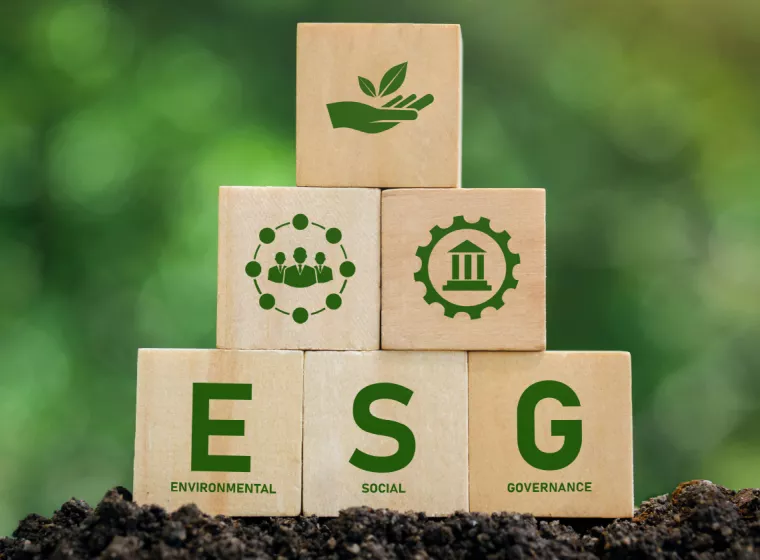August 9, 2024
Rule affects businesses who have manufactured or imported PFAS or PFAS-containing articles
On July 27, Environment and Climate Change Canada enacted a new reporting requirement for per- and polyfluoroalkyl substances (PFAS), chemicals widely used for their heat, water, and oil-resistant properties. The new rule, entitled "Notice with respect to certain per- and polyfluoroalkyl substances (PFAS)," requires any person who manufactured or imported PFAS or PFAS-containing articles or used PFAS in the manufacture of a good in 2023 to electronically report on specific PFAS identities, uses, production volumes, and disposal, among other information.
According to the Guidance manual for responding to the: Notice with respect to certain per- and polyfluoroalkyl substances (PFAS), the purpose of this notice is to "collect information on certain PFAS substances, either alone, in mixtures, products, or manufactured items in Canadian commerce for the calendar year 2023. This information will be used to establish baseline commercial use data and support future activities related to the class of PFAS."
As detailed in the Canada Gazette, this mandate is part of a broader initiative to assess and manage environmental and health risks associated with PFAS. The definition of PFAS adopted by Canada includes substances with at least one fully fluorinated carbon atom, with specific exclusions for fluoropolymers and considerations for hydrofluoroolefins (HFOs) and hydrochlorofluoroolefins (HCFOs), due to their differing exposure and hazard profiles.
How is PFAS defined?
Instead of providing a broad PFAS definition, the notice requires reporting on 312 PFAS, detailed in Schedule 1. This list includes multiple PFAS, categorized into three parts based on their properties and uses:
Part 1: Specific perfluoroalkyl substances.
Part 2: Additional perfluoroalkyl and polyfluoroalkyl substances.
Part 3: Specific use-case substances with defined applications.
In addition, the reporting obligation for businesses is based on specific quantity criteria for PFAS manufactured, imported, or used, depending on which part of the Schedule 1 list the PFAS appear on.
Implications for PFAS manufacturers and importers
This rulemaking comes with a very short timeline, giving businesses only 6 months to gather information, including PFAS identities and quantities manufactured, imported, or used, and complete the required reporting by Jan. 29, 2025. Businesses manufacturing, importing, or using PFAS-containing products for certain activities must comply with the new requirements to avoid penalties. The notice also highlights the Government of Canada's commitment to collaborating with industry stakeholders to align with North American operational standards, and it allows for entities not meeting the specific reporting requirements to still submit a Declaration of Stakeholder Interest.
Canada has also recently updated their Risk Management Scope for PFAS, introducing a phased approach for future PFAS regulation, which is open for public comment until Sept. 11. In Canada, PFOS, PFOA, and LC-PFCAs (and their salts and precursors) are already prohibited.
This new rule comes at a time when many companies are working to meet EPA's TSCA reporting rule, which has a reporting deadline of May 8, 2025. Although for a similar purpose, it is important to note that Canada's rule only requires reporting for 2023 and covers only the PFAS specified in Schedule 1, making it more limited in scope than EPA's requirements.
What Can We Help You Solve?
Exponent closely monitors the continually changing PFAS regulatory landscape to help clients prepare for new PFAS regulations. Our experts have years of experience investigating supply chains for PFAS sources, working with third-party laboratories to test materials and products for specific PFAS and total organic fluorine, and assisting clients in making decisions that suit their product lines and stewardship goals.

PFAS Consulting Services
Manage PFAS in your products, supply chains, and waste streams.

Environmental & Regulatory Compliance
Rigorous analyses to help clients overcome complex environmental and regulatory hurdles and meet auditing obligations.

Polymers Expertise for Consumer Products
Rigorous testing and analysis of polymers in consumer products.

Sustainability
Meet changing sustainability regulations with rigorous science and experienced consulting services.

Product Stewardship
Overcome business and regulatory challenges at every stage, from research and design to disposal and recycling.
![Regulatory Compliance [BES]](/sites/default/files/styles/cards_home_card/public/media/images/GettyImages-1343544200.jpg.webp?itok=fX0tve2u)
Food Contact Materials Support
Evaluate whether Food Contact Materials (FCMs) are compliant for the markets of interest.




